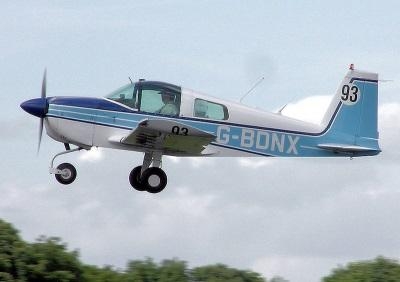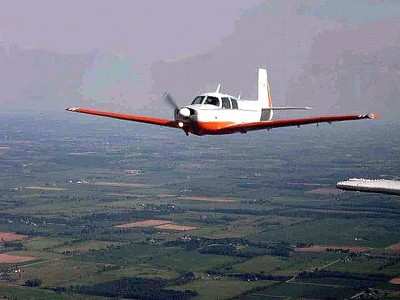Fri, Jan 27, 2017
Beechcraft, Grumman, Maule, Mooney Models Added To The List
More than two dozen aircraft models are now eligible to use the affordable Dynon flight displays allowed through a Supplemental Type Certificate process created by the Experimental Aircraft Association, in partnership with Dynon and the FAA. This adds to the more than two dozen aircraft already eligible through the EAA Accessible Safety STC program introduced last April.

The expansion of the Approved Model List (AML) for the Dynon EFIS-D10A and Dynon EFIS-D100 models now include a number of Beechcraft, Grumman, Maule, and Mooney aircraft. The Cessna and Piper aircraft models allowed to use the STC have also increased.
“We would like to thank the FAA Chicago Aircraft Certification Office for working with us on our request to add more types to the approved model list,” said Sean Elliott, EAA vice president of advocacy and safety. “We have already begun developing the list for the next round of expansion.”
The aircraft eligible for the EAA Accessible Safety STC now includes:
- Beechcraft: Bonanza, Debonair, Musketeer, Sundowner, Sierra, and Skipper
- Cessna: 150, 152, 170, 172, 175, 177, 177RG, 180, 182, 185, 205, 206, 207, and 210
- Grumman: AA-1 and AA-5
- Maule: M-4, M-5, M-6, and M-7
- Mooney: M20
- Piper: PA-24, PA-28, PA-32, and PA-38

The STCs sell for $100 to EAA members through EAA STC, LLC, and allow for the installation of the Dynon unit as either a primary or backup attitude indicator in eligible aircraft. The display is connected to the aircraft’s pitot-static system and will back up all primary flight instrumentation. A magnetometer, outside air temperature probe, and angle of attack probe are optional peripherals that expand the system’s functionality. The STC’s instructions for continued airworthiness have also been updated to clarify that the Dynon unit may be used either as primary instrumentation or as a backup.
While the Dynon STC aircraft list has expanded, EAA is working with the FAA to create a broader tiered Parts Manufacturer Approval (PMA) process that will provide long-term support for the installation of low-risk, safety-enhancing equipment in type-certificated aircraft. This is part of advancing EAA’s goal of bringing the affordable innovations found in amateur-built aircraft to the broader general aviation community.
(Source: EAA news release. Image from file)
More News
Also: Netherlands Donates 18 F16s, 2 737s Collide On Ramp, E-7 Wedgetail Cut, AgEagle's 100th In S Korea The Pilot and Aircraft Privacy Act was introduced in the House by Represent>[...]
Pilot Also Reported That Due To A Fuel Leak, The Auxiliary Fuel Tanks Were Not Used On June 4, 2025, at 13:41 eastern daylight time, a Piper PA-23, N2109P, was substantially damage>[...]
Have A Story That NEEDS To Be Featured On Aero-News? Here’s How To Submit A Story To Our Team Some of the greatest new stories ANN has ever covered have been submitted by our>[...]
From 2023 (YouTube Edition): Reflections on War’s Collective Lessons and Cyclical Nature The exigencies of war ought be colorblind. Inane social-constructs the likes of racis>[...]
What Goes Around, May Yet Come Back Around, Klyde FMI: www.klydemorris.com>[...]
 Airborne 06.30.25: US v ADS-B Misuse, Natl STOL Fire, Volocopter Resumes
Airborne 06.30.25: US v ADS-B Misuse, Natl STOL Fire, Volocopter Resumes NTSB Prelim: Piper PA-23
NTSB Prelim: Piper PA-23 ANN FAQ: Submit a News Story!
ANN FAQ: Submit a News Story! Classic Aero-TV: One Mans Vietnam
Classic Aero-TV: One Mans Vietnam Klyde Morris (06.30.25)
Klyde Morris (06.30.25)




